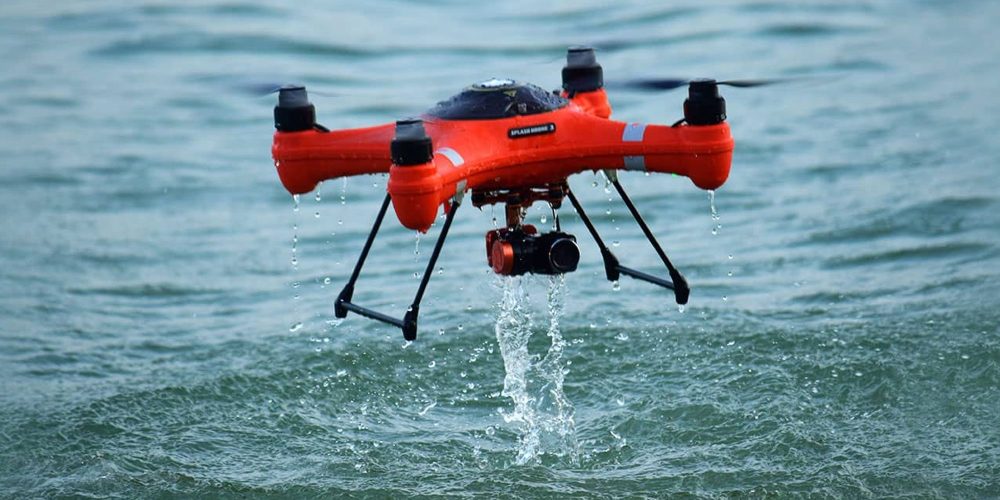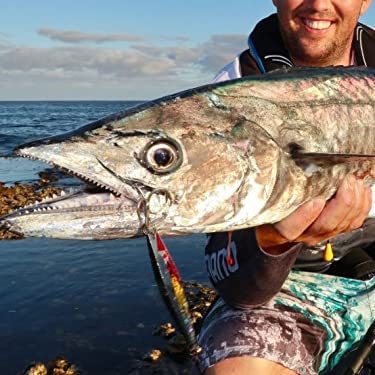
A drone can be used to view the water around your property if you're a keen fisherman living in Australia. The drones can be equipped with a variety of features, including a GPS positioning system, a GPS receiver, a GPS receiver, a GPS payload release, and an angle adjustable camera. You can also buy fishing line that you can use to fish. These lines are highly stable and reliable. One example of such a drone is the SKY RIGGER.
SKY RIGGER drone fishing line
The SKY RIGGER fishing line system for drones allows you fly fish and is flexible. It has two rotating leg clamps, which can be mounted to many drone models. The release mechanism includes a bayonet connector and a cam-lock arm, which allows you to quickly unlock the line clamps. Sky RIGGER, unlike other drones requires no batteries and can handle all fishing techniques safely.
For when a fish strikes your fly, the SKY RIGGER features an automatic release mechanism. You can also manually let go of the line by using your rod or hand. This feature can be found on all models. It is highly recommended to buy a Phantom 3 first before purchasing the new SKY RIGGER. These are the pros and cons of this new line system.
It is equipped with a mechanical payload transfer
The mechanical payload release is a key feature of a drone. Many of them allow anglers to quickly and easily release their fishing line. Some models don't have a release mechanism. Instead, the user must "yank" the fishing line to release the drone from the line. This can be a tedious process, especially for those who don't feel comfortable using their hands to release it.

The payload release mechanism is another important feature. The payload should be able to release the drone's line when the fish is struck. Before you try this method, it is important that you practice catch-and-release fishing. The fish cannot be pulled to shore and then released back into the water. Several people have reported good results with the DJI Phantom drone. However, this technology is not yet comparable to other fishing drones.
It comes with a GPS location system
Rippton is a joint venture of Australia and Holland that specializes exclusively in technology-oriented fishing gear. Its mission is to increase angler success rates through the development of products that enhance fishing experience. Rippton's Mobula drone has a GPS positioning system as well as a remote release. The Mobula can be used to store bait at the surface and provide resistance against kite clips. It is also environmentally friendly.
It is lightweight at just 3 pounds and can fly up to 18 minutes. The GPS system is high-tech and allows for control from as far away as 2,000 miles. It has a range of 1000 meters, or half a mile, and is equipped with intelligent flight modes. The point of interest feature allows it to take high-quality photos of its surroundings. You can enjoy stunning views of fish through its high-resolution lens.
It has a failsafe feature
Aerokontiki's fisherman drone has a failsafe function: It monitors battery levels and releases fishing line when necessary. In case of battery failure, it will land back on dry ground to continue its mission. It has industrial-grade flight controls and can operate wherever it goes without recalibration. You can use this drone even in very difficult water conditions.

FAQ
Is it possible to buy a drone from overseas?
Many different drones are available online. Some prefer to buy their drones from Amazon, eBay, or Walmart. Others prefer to purchase drones directly through the manufacturers.
Is the FAA able to regulate drones?
The FAA oversees all aspects regarding drone operations, including safety standards and certification requirements.
Can I fly my drone indoors?
Yes, your drone can be flown indoors. You just have to ensure no obstacles or hazards inside your home. For example, you should avoid flying near windows, doors, heating vents, air conditioning units, electrical outlets, water pipes, and fireplaces.
Statistics
- According to industry research from ZipRecruiter , there are 10 cities where the typical salary for a Drone Pilot job is above the national average. (dronesgator.com)
- Research and Markets predict a growth rate of 51.1% over the next five years. (thedroneu.com)
- According to ZipRecruiter, the minimum hourly wage of drone pilots is $20. (thedroneu.com)
External Links
How To
How To Fly Drones For Beginners
A drone refers to a remote-controlled aircraft designed for aerial photography, surveillance and scientific research. The technology behind drones has been around since World War II. However, commercial use began in 2010 when DJI released their Phantom series of quadcopters. Many types of drones have been made available since then, from beginner-friendly models such as the Parrot AR Drone 2.0, to high-end multi-rotor craft such as the DJI Mavic Pro.
There are several ways to fly a drone, including;
-
Remote control - This allows you to control the drone from your hand. There are two main types of controllers: On/Off switches (like a radio) and joysticks.
-
Manual Control - This method uses a smartphone app to remotely control the drone using GPS coordinates. The app will give you instructions.
-
Autonomous flight - The drone takes over the piloting duties. It is basically flying autonomously and without human intervention. To enable autonomous flight, the drone should have a built in camera and sensors capable recording images and data.
-
Triggered flight - This is similar to manual control except that the pilot sets up a preprogrammed route and the drone follows the route until it reaches its destination. After the program is complete, the drone automatically returns to the ground.
-
Landing Gear: Some drones have landing gear that allows them safely to land in case they lose power or run low on battery.
-
Goggles-Some pilots use goggles to protect their eyes from debris during operations.
-
Camera - Some drones can be equipped with cameras which enable you to capture photos from the sky.
-
Obstacles-Some drones come with obstacle avoidance devices that keep them from hitting obstructions.
-
Speed - Some drones can reach speeds of over 40 mph.
-
Battery Life - Most drones are capable of lasting between 20 minutes and three hours, depending on the power that you use.
-
Range - Depending on the model, some drones can travel up to 30 miles away.
-
Power source: Some drones will require an external power source while others can be powered by internal batteries.
-
Weight - Some drones weigh less than 1 pound, whereas other models weigh up to 4 pounds.
-
Size - Drones range from small devices that fit in one's palm to large crafts that weigh more than 50 pounds.
-
Price - From high-end models that cost thousands of dollars to low-cost options that start at $100, all drones fall under a certain price category.